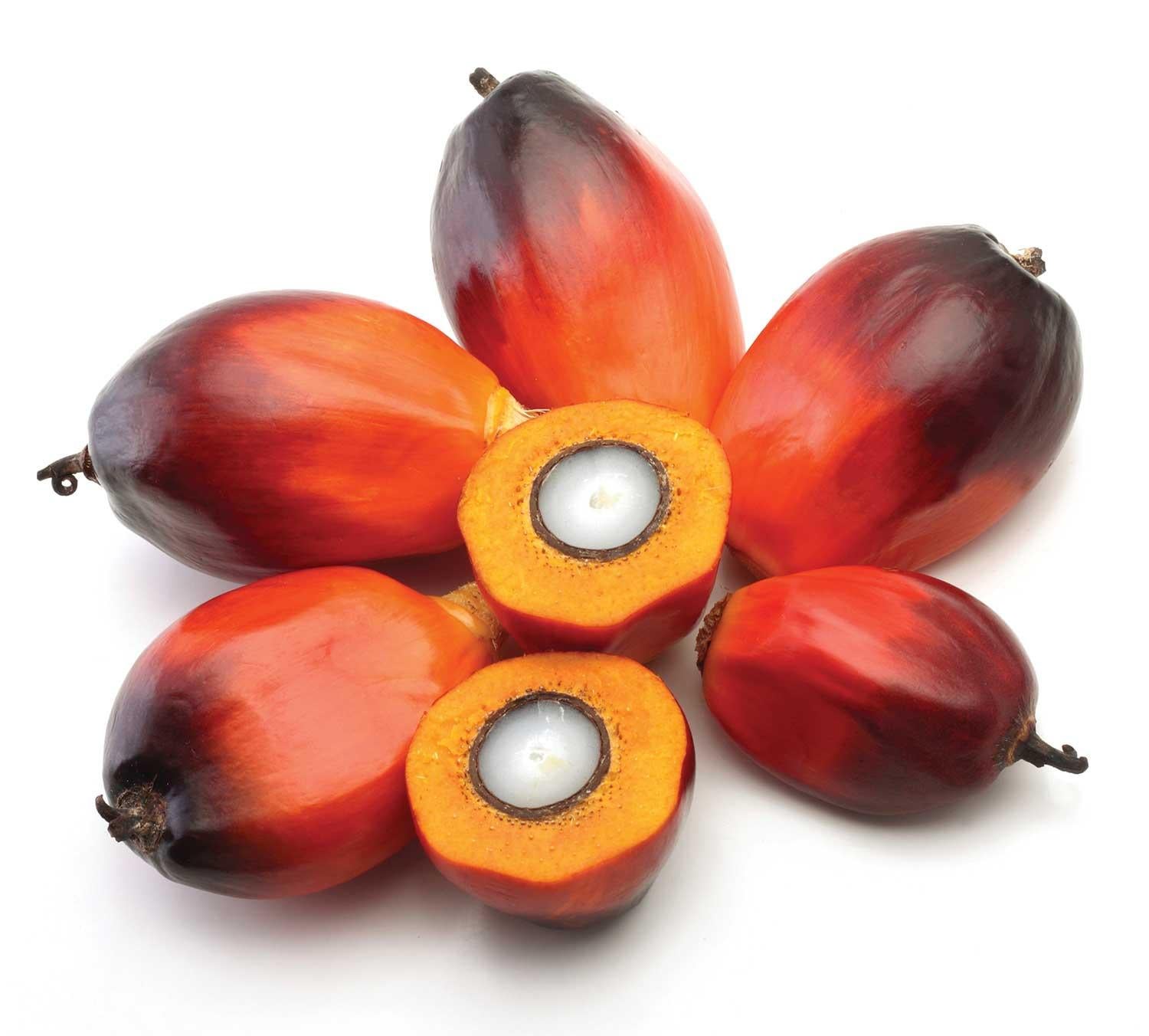
Palms Pose Problems for Planet

Palm oil is an unusual suspect in creating a tremendous amount of air pollution, according to a CU-Boulder study.
Palm trees may be a symbol of paradise, but campus researchers have discovered a dark side to the tropical icon.
The production of palm oil, used in many cosmetics, soaps, lotions and packaged food, is wreaking havoc on the environment. Methane bubbling from a single palm oil wastewater lagoon in one year is roughly equivalent to the emissions of 22,000 passenger vehicles in the U.S., according to CU-Boulder researchers.
Furthermore, global methane emissions from palm oil wastewater could equal 30 percent of all fossil fuel emissions from Indonesia, a primary exporter of palm oil.
But don’t boycott your products just yet. The researchers posed a solution to the wastewater problem, published in the Nature Climate Change journal: use the methane as a renewable energy source.
“The industry has become a poster child for agriculture’s downsides, but capturing wastewater methane leaks for energy would be a step in the right direction,” says Philip Taylor, the study’s lead author and postdoctoral researcher at CU-Boulder’s Institute of Arctic and Alpine Research.
Captured gas can be used to fuel power plants at a cost comparable to traditional fuels. If collected last year, the amount of methane released could have met the electricity needs of a quarter of Malaysia’s population of 29 million people.
Read more about palm oil.
Photography © iStock.com/dolphfyn

